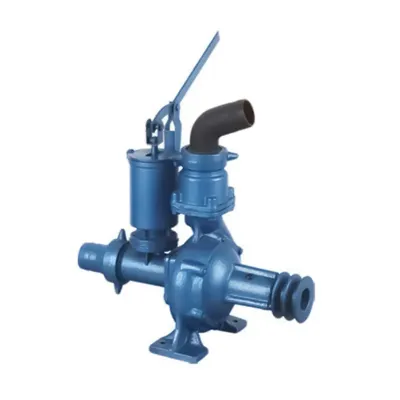Categories
Tags
-
#Welding Machine
#Europe wrought iron glass doors
#plastic crate mold
#spectacle frames with magnetic clip
#SL201 Single/Double/Triple Semi-Choke Chain Collar
#Double Ended Lipstick Tube Packaging
#Wheelchair Brushed Reduction Motor
#servo motor
#Electric ADV scooter motorcycle
#Cordless Battery Saw
#8 inch plate
#IGBT Stick Welder
#Melamine Pet Bowl
#Zipper Slider
#Feed Mixer Gearboxes
#Car Cover
#vertical wood saw
#China Tapered Drilling Tools
#Rubber teething toys for puppies
#Machining Components
#non woven reusable shopping bags
#Motor Core Mold
#DC Gear Brushed Motor
#Robot Motor
#wooden doors
#Forged Cookware Sets
#Close-End Nylon Zipper
#High Quality Makeup Brush Set
#China table runners
#Plastic Crate Mold Factory
#plastic baskets
#water pipe angle valve
#Paper Cup Manufacturers
#HomeEnergyStorageSystem
#AutomotiveConnectorMold
#wholesalehanpressuresprayer
Archives
Efficiency and Versatility in Fluid Movement
-
Mechanical centrifugal pumps are a type of fluid mover that operates on the principle of converting rotational kinetic energy into the hydrodynamic energy of the fluid flow. These pumps are widely used across various industries due to their versatility and efficiency in handling a broad range of fluids, including water, oil, and chemicals.
The heart of a centrifugal pump is its impeller, a rotating component with specially designed blades that accelerate the fluid as it enters the pump. As the impeller spins, the fluid is forced to the outer edge of the pump casing, where it gains velocity and pressure. This increase in kinetic energy is then harnessed to move the fluid through the system, overcoming any resistance it encounters along the way.
Centrifugal pumps are characterized by their ability to handle high flow rates with relatively low head pressures. They are typically used in applications where a continuous flow of fluid is required, such as in water supply systems, cooling systems, and irrigation. The design simplicity of these pumps also contributes to their low maintenance requirements and ease of operation.
However, it's important to note that centrifugal pumps are not suitable for all applications. They are not designed to handle highly viscous fluids or those with large solid particles, as these can damage the impeller or reduce the pump's efficiency. Additionally, they require a certain minimum flow rate to operate effectively, and if this is not maintained, the pump can suffer from cavitation, which can lead to noise, vibration, and damage to the pump components.
In summary, mechanical centrifugal pumps are a reliable and efficient choice for fluid transfer in many industrial and commercial settings. Their design and operation principles make them a staple in the world of fluid dynamics, providing a solution for a wide array of fluid handling needs.
